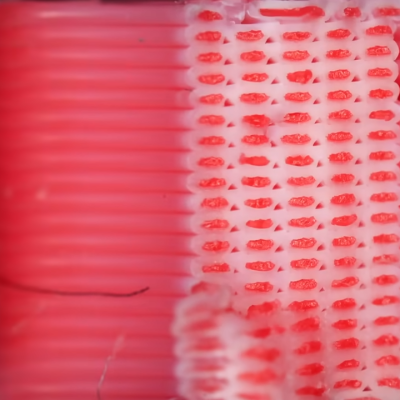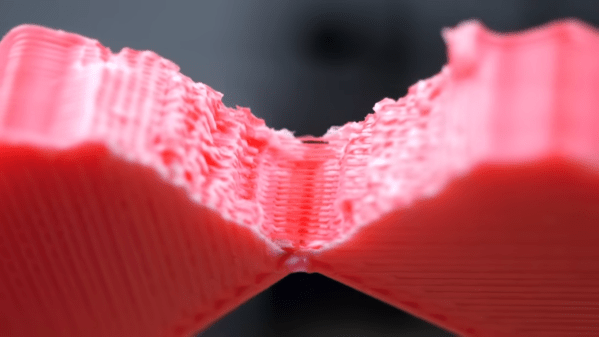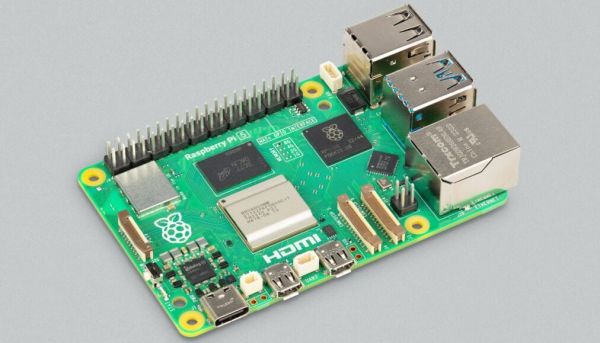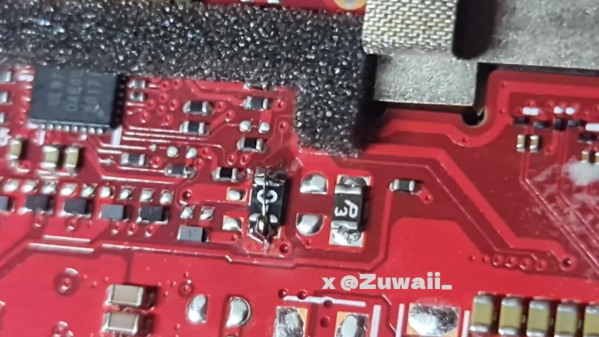[Stefan] from CNC Kitchen explored an unusual approach to a multi-material print by making custom PLA filament with a TPU core to make it super-tough. TPU is a flexible filament whereas PLA is hard almost to the point of being brittle. The combo results in a filament with some unusual properties, inviting some thoughts about what else is possible.

[Stefan]’s video covers a few different filament experiments, but if you’d like to see the TPU-PLA composite you can skip ahead to 18:15. He first creates the composite filament by printing an oversized version on a 3D printer, then re-forming it by running it through a Recreator to resize it down to 1.75 mm.
We have seen this technique of printing custom filaments before, which is useful to create DIY multi-color filaments in small quantities right on a 3D printer’s print bed with no special equipment required. This is an effective method but results in filament with a hexagonal profile, which works but isn’t really ideal. By printing his custom composite at 4 mm diameter then resizing the filament down to 1.75 mm, [Stefan] was able to improve overall printability.
That being said, TPU and PLA have very different characteristics and don’t like to adhere to one another so the process was pretty fiddly. TPU-cored PLA might be troublesome and uncooperative to make, but it can be done with some patience and fairly simple equipment.
Despite the difficulties, test prints were pretty interesting. PLA toughness was roughly doubled and under magnification one can see a lattice of TPU strands throughout the prints which are unlike anything else. Check it out in the video, embedded below.
Continue reading “3D Printing In Custom PLA With A TPU Core”


















